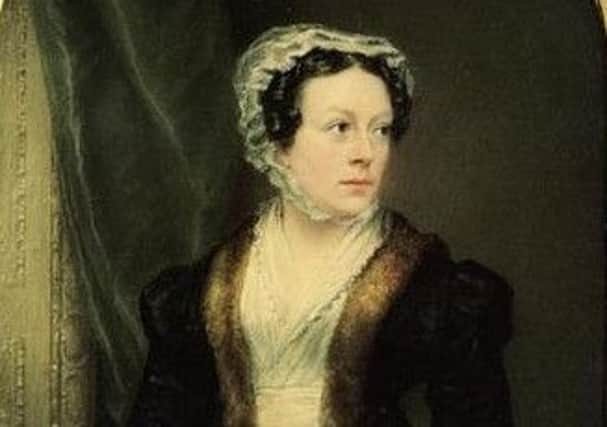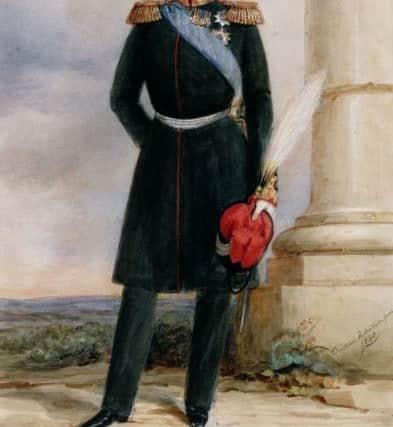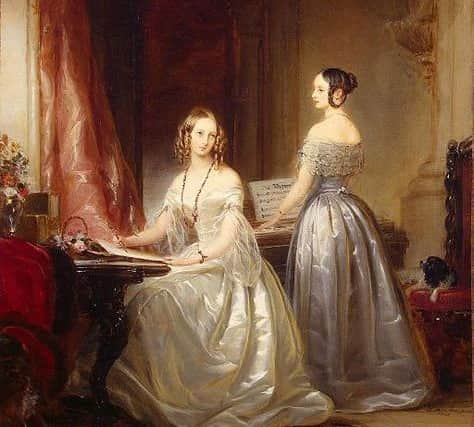Forgotten Fife artist's brush with Russian royalty


Breaking new ground, Christina Robertson painted some high-profile portraits of Russian royalty, and was the first female member of the Royal Scottish Academy.
She rose to prominence at a time when it was simply unheard of for women to create art in a male-dominated world.
Advertisement
Hide AdAdvertisement
Hide AdAll in all, no small feat for a woman from a small coastal Fife town.


Born in Kinghorn in 1796, she is thought to have been trained by her uncle, George Sanders, a portrait painter himself.
She moved to London and began using his studio.
Her uncle’s prices were considered high but Christina had a good eye for colour and, critically for a portrait painter, was able to capture a good likeness of her sitters. In time she would eventually out-price and out-exhibit her uncle. He introduced her to his large circle of patrons, mainly wealthy members of the upper classes.
She married artist James Robertson in 1822, and before long she was making a name for herself, and her work began to appear in some notable magazines and journals.


Advertisement
Hide AdAdvertisement
Hide AdBut it was in 1829 that she was elected as an honorary member of the Royal Scottish Academy, a ground-breaking event for women in the art world.
Christina’s growing fame took her on regular trips to Paris, and as word of her talent spread as far Russia, the country’s nobility managed to lure her to St Petersburg.
After a great deal of success with an 1839 exhibition in the city, she was commissioned to paint Emperor Nicholas I and later Empress Alexandra Feodorovna in 1840.
With her commissions from the Russian Royal family she took over £4,000 in receipts for her paintings.


Advertisement
Hide AdAdvertisement
Hide AdReturning home in 1841, she was made an honorary free associate of St Petersburg’s Academy of Arts.
However, on a second, longer visit to Russia times were changing by 1847.
Where previously she had enjoyed a fashionable status as part of a Russian trend which favoured all things British, tensions were rising in the lead-up to the Crimean War, and she became a victim of changing tastes.
Now her paintings for various royal figures were branded poor, and it is thought that some refused to pay her.


Advertisement
Hide AdAdvertisement
Hide AdChristina’s health deteriorated and she died in 1854. She was buried in Volkovo Cemetery in St Petersburg.
Sandy Wood, Collections Curator at the RSA, said: “As the first female artist elected to any rank within the Royal Scottish Academy, Christina Robertson holds a special place in the Academy’s history as an institution.
“Her work was not to everyone’s taste but she forged a spectacular career in Russia and her Honorary Membership of the Imperial Academy of Arts in St Petersburg make her a particularly special individual.
“In electing her an Honorary Member in 1829 her peer Academy artists recognised a talent that was to forge a unique path for a Scottish artist that has yet to be mirrored.”
Advertisement
Hide AdAdvertisement
Hide AdToday the Hermitage Museum in Russia holds the largest collection of her work, but she is also represented in the UK in the Scottish National Portrait Gallery, the Royal Collection and in the V&A Museum in London as well as in private collections.